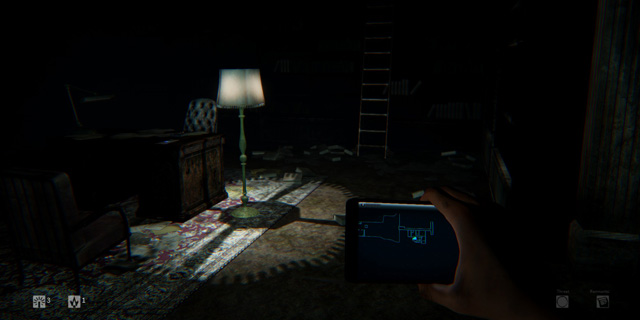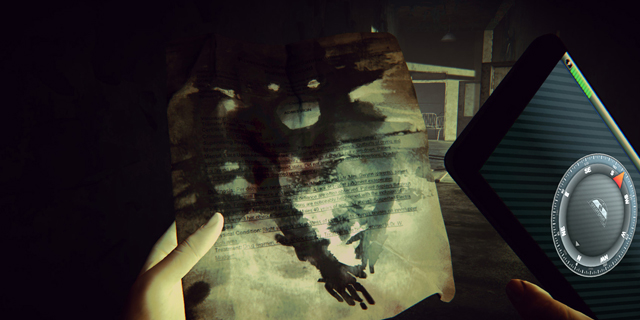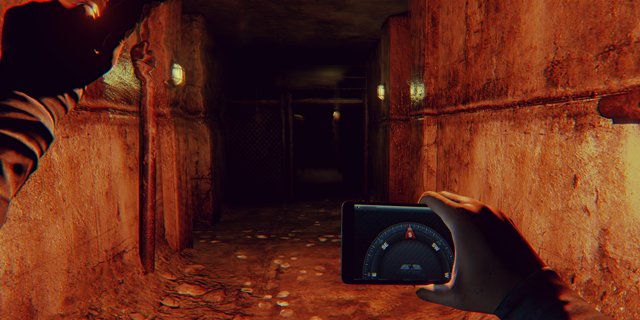
As the first release using the new Unreal Engine 4, Daylight is an anomaly, in that it’s a horror game and not the usual first-person shooter. You are trapped in an abandoned hospital that is infested with ghosts called Shadows. You must find a way out with the help of another character, who you only communicate with over audio channels. The world is procedurally generated, which means that no two playthroughs follow the same layout. As a result, this limits how much narration the player can receive, to avoid having it repeat too much. The narration is ominous and fits the feel of the game, even when it is largely working as a tutorial.
Instead of weapons, the game provides light as a means to combat enemies. This is both from a smartphone (which you always have) that functions as your map, and from consumable glow sticks found throughout the game. The tension’s lost a bit, since the game simply throws too many of these sticks at you all the time. I’d much prefer a horror game to restrict supplies to add suspense, but in this case your supply of glow sticks is virtually inexhaustible. It really trivializes the Shadows, giving you no real reason to run.

Like so many horror games before it, Daylight struggles with keeping the scary bits fresh. The ghosts were creepy at first, but eventually the player gets used to them and they lose their effectiveness. The ends of each level are good; when you can’t use items to create more light, it adds a heightened sense of urgency.
Still, it’s the same every time. I can understand that repeating mechanics is easier to do, and a game doesn’t need to make the player learn new things through the entire experience, but in horror games, it’s more of a necessity. The scares need to remain unexpected the whole way through, or the game would be better off as a shooter or action title with limited resources. Resident Evil made that jump at its height with great success. If you didn’t get desensitized to the Shadows due to all of the maze-running, and if you didn’t have so many glow sticks to ward them off with, they would be much more formidable foes.
Of course, the procedural generation is the root cause of this. It’s difficult to craft an ever-changing environment that ramps up as the player progresses without first knowing the route the player will take. As a result, the levels are generated in a random configuration that often leads to the player running around in circles all too often. And then there’s the boxes. I feel like we should be beyond simple box puzzles by now. It’s not that I mind the odd one, but the game throws far too many of them at you.

While I am a big fan of procedural content, it’s much better in a game that is designed from the start to be replayed. Having started a few new games, Daylight just doesn’t leave me wanting to play through it again. There just isn’t a huge draw, as the maze doesn’t really change much. Daylight would have been better served with a linear path, even if the game ended up being shorter as a result. I’d prefer two hours of well-crafted horror to three hours that includes a lot of wandering aimlessly around a maze.
Daylight isn’t the scariest horror game out there, particularly to fans who’ve seen it all before. The atmosphere, narration and setting are all just what you want from a horror game; a dark, abandoned hospital with lots of foreboding narration should be perfect. However, the execution of this game is flawed at best. Keeping the horror going is a real struggle for the genre in both films and games, as fans become harder and harder to scare.
Pros: Good setting, ominous and believable narration
Cons: Repetitive areas, little sense of danger



















